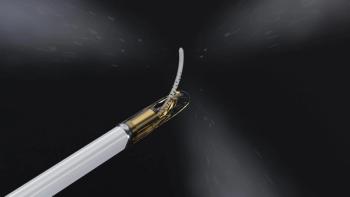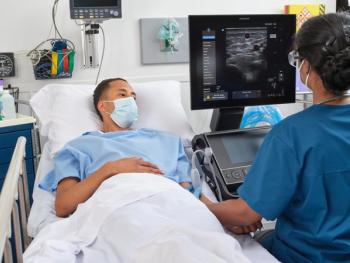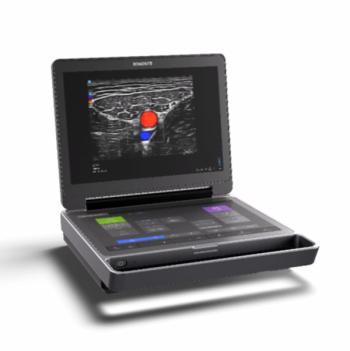
Emergency triage uses portable ultrasound to spot pulmonary embolism
Portable ultrasound in the emergency room can identify pulmonary embolism in patients having difficulty breathing, allowing for prompt treatment.
Portable ultrasound in the emergency room can identify pulmonary embolism in patients having difficulty breathing, allowing for prompt treatment.
Dr. Nicolas Mansencal from the cardiology department at the University Hospital Ambroise Paré in Paris and colleagues from hospitals around France studied 76 patients with suspected pulmonary embolism after D-dimer screening. Each patient in the study received helical chest CT, transthoracic echocardiography, and venous ultrasonography using simplified echo criteria. The researchers published their findings in the May issue of Echocardiography.
Of the initial 76 patients, 31 proved to have pulmonary embolism by the end of the research. The right ventricle was dilated in 17 of these 31, or 55%. Researchers directly visualized a clot in the lower limbs in 18 of the 31, or 58%. Only eight patients (26%) had both right ventricular dilation and deep vein thrombosis.
The combined strategy of echocardiography and venous ultrasound had a sensitivity of 87% and specificity of 69%. The sensitivity of the combined approach was significantly better than either method alone. In particular, in patients with difficulty breathing and other clinical signs pointing strongly toward pulmonary embolism, the combined ultrasound method had a sensitivity of 94% and a specificity of 100%.
Newsletter
Stay at the forefront of radiology with the Diagnostic Imaging newsletter, delivering the latest news, clinical insights, and imaging advancements for today’s radiologists.




























